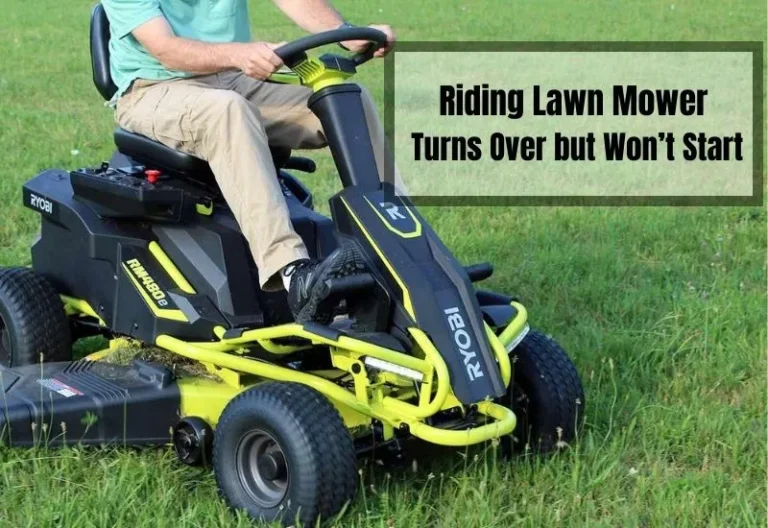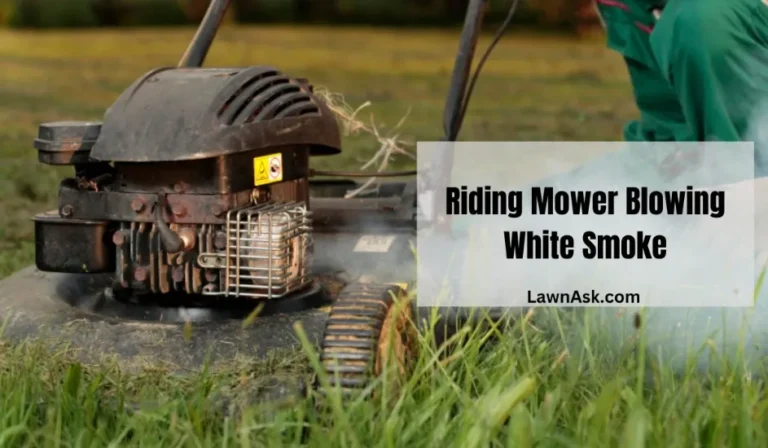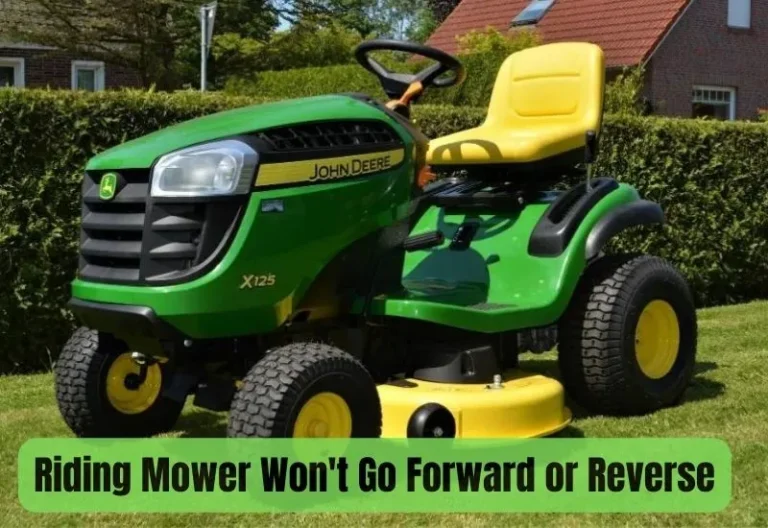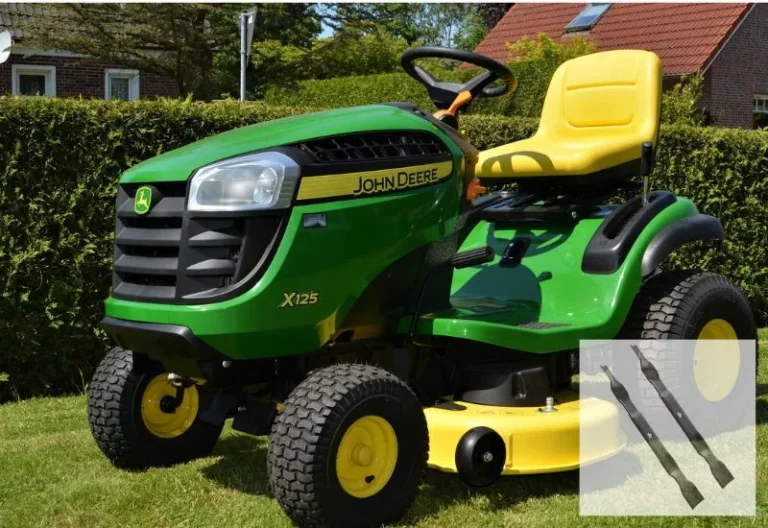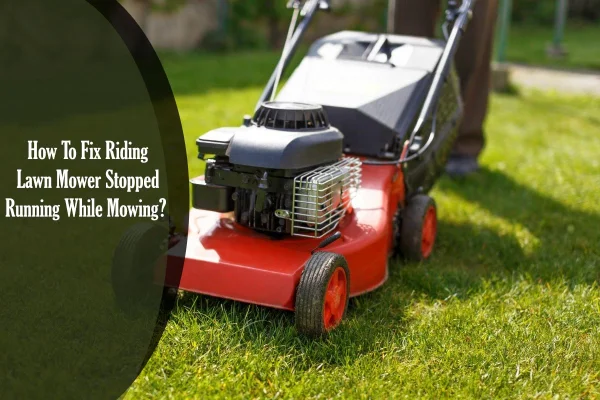Symptoms of Bad Alternator on Riding Lawn Mower!
A faulty alternator in a riding lawn mower might result in a variety of problems. The alternator is in charge of charging the battery and keeping the electrical systems operational.
The mower’s battery may not retain a charge, the mower may have electrical problems, and the engine may stall or run rough. Also, the belts may screech, and the alternator may generate strange noises or scents.
These symptoms can be aggravating and inconvenient, especially if the mower is required for grass maintenance. As a result, it is critical to identify and solve any alternator faults.
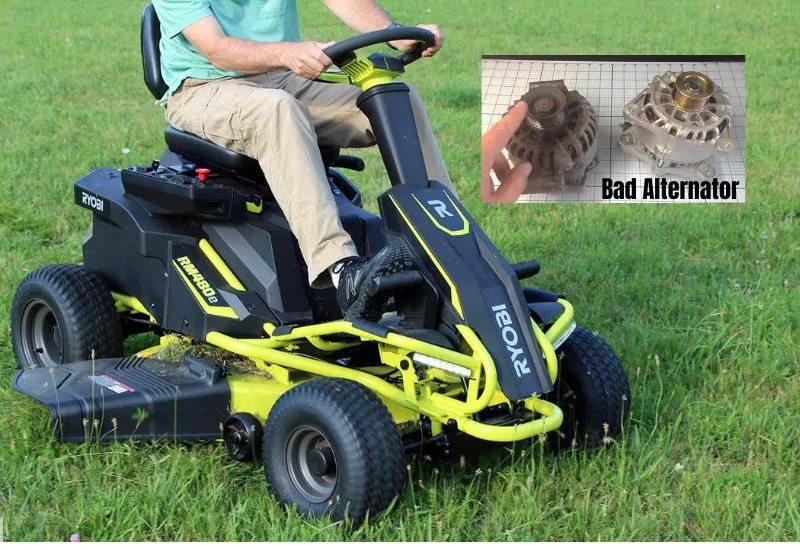
Why Does the Riding Lawn Mower Have a Bad Alternator?
The alternator on a riding lawn mower might fail for a variety of reasons. One probable explanation is that the alternator’s bearings have worn out, leading the alternator to provide less or no power.
Another possibility is a defective voltage regulator, which regulates the charging rate of the battery. If the voltage regulator malfunctions, the battery may not receive the required charge, resulting in power loss.
A riding lawn mower may potentially encounter electrical difficulties as a result of faulty wiring or connections, which can compromise the alternator’s performance.
The alternator may simply be old and worn out in certain circumstances, especially if it has not been properly maintained or repaired. The brushes or rotor of the alternator may also wear down over time.
Finally, if the riding lawn mower is used regularly or for lengthy periods of time, the alternator may become overheated, causing internal components to weaken and fail over time.
Related Post: Riding Mower Does Nothing When I Turn the Key! What’re Solutions?
5 Symptoms of Bad Alternator on Riding Lawn Mower (Easy Fixes Included)
Below are some of the common symptoms of bad alternator on riding lawn mower along with the fixes.
1. Squealing Noise
Due to constant use and exposure to dirt and debris, the alternator of a riding lawn mower may have worn-out bearings. When the bearings that support the alternator’s spinning sections wear out, the alternator may produce less power.
As a result, the alternator may make a screeching or grinding noise. The battery in the mower may not charge properly, causing the engine to fail to start or stall.
The Fix
Bearings should be replaced as soon as feasible to remedy this issue. If the bearings are badly worn, the alternator may need to be changed as well.
The owner of the mower can review the user handbook to see which bearings are required and then purchase them from a hardware shop.
Replacing the bearings usually necessitates removing and disconnecting the alternator from the mower.
2. Mower Won’t Start
The voltage regulator regulates the battery’s charging rate. A bad regulator might cause the battery to lose power or not charge properly. This problem can emerge as a result of faulty wiring and moisture exposure.
The Fix
If the voltage regulator fails, the mower’s battery will not charge properly, and the engine will not start. The electrical systems may potentially fail, causing the mower to stall or stop abruptly.
The voltage regulator may need to be changed to resolve this issue. If the voltage regulator is built into the alternator, the entire device may need to be replaced.
3. Electrical Problems
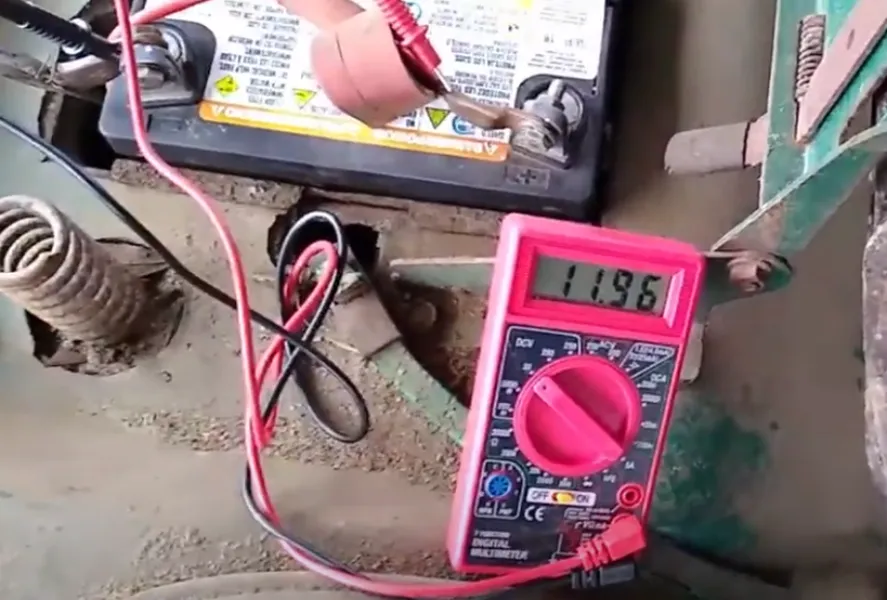
Intermittent electrical problems, fluctuating headlights, or a battery that does not charge are all indicators of faulty wiring or connections. The mower may also stall or come to an abrupt stop.
Regular use or exposure to moisture, dirt, or debris can cause damage to the wiring and connections of a riding lawn mower.
The Fix
Damaged wiring or connections might cause the alternator to fail and disrupt the mower’s electrical systems.
To resolve this issue, the owner should thoroughly check the mower’s wiring and connections for evidence of damage or wear. As needed, faulty wiring or connections should be fixed or replaced.
It is best to have a professional technician do the repairs and check that the mower’s electrical system is in good working order.
4. Slow Engine Cranking
When a rotor wears out, the alternator produces a low or fluctuating voltage, which causes fading lights, sluggish engine cranking, and other electrical difficulties.
The mower’s battery might not charge properly, and the electrical systems might not work properly. The alternator may also create a rattling sound or emit a burning odor.
The Fix
The alternator rotor of a riding lawn mower can wear out and reduce performance over time. The alternator rotor may need to be changed to remedy this issue.
To replace the rotor, remove the alternator from the mower, disassemble it, and gently remove the worn-out rotor.
The replacement rotor should be put in its position, paying close attention to the manufacturer’s instructions.
5. Overheating
Overheating is a typical problem with riding lawn mowers that can occur for a variety of causes, including a lack of maintenance, excessive temperatures, or a faulty cooling system.
Overheating a riding lawn mower causes the engine to create excessive heat or smoke, causing the temperature gauge to climb.
Furthermore, the coolant may boil or overflow, leaving an odor or a white residue surrounding the radiator.
The Fix
To remedy this issue, the owner should switch off the mower immediately and allow it to cool down. The engine and cooling system should be thoroughly examined for signs of damage or wear.
The owner should inspect the radiator and coolant levels and replace or replenish them as necessary. Check the cooling system’s components, such as the thermostat, water pump, and hoses, for leaks, blockages, or damage.
Related Post: Riding Lawn Mower Stopped Running While Mowing: (Reasons & Fixes)
How to Replace the Alternator on a Riding Lawn Mower?
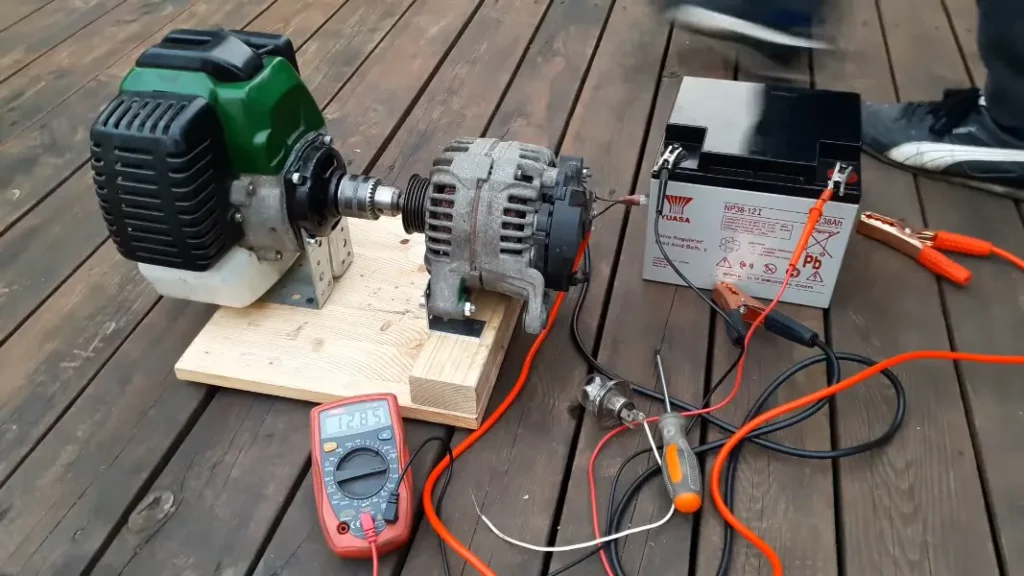
Here is a step-by-step guide on how to replace the alternator on a riding lawn mower:
- Disconnect the Battery: To avoid electrical shock or damage to the electrical systems, disconnect the battery by detaching the negative connection.
- Remove the Alternator Cover and Belt: Remove the alternator cover and belt by releasing the nuts and screws that hold them in place.
- Disconnect the Electrical Connections: Detach the alternator’s electrical connections, including the positive and negative wires, and the ground wire.
- Remove the Alternator: Carefully remove the alternator from the mower’s engine. It may be necessary to wiggle it out completely.
- Install the New Alternator: Insert and fasten the new alternator using bolts and screws.
Connect the electrical connections, including the positive and negative wires, the ground wire, and any other detached wires.
- Install the Belt and Alternator Cover: Replace the belt over the alternator pulley and secure the alternator cover with nuts and screws. Tighten them firmly.
- Reconnect and Start: Reconnect the battery’s negative cable. Start the mower and check to see whether the alternator is functioning properly.
Check the battery voltage, lighting, and other electrical systems to ensure they are all operational.
Related Post: Riding Mower Leaving a Strip in the Middle (Reasons and Solutions)
Frequently Asked Questions (FAQs)
Can a faulty alternator harm other parts of a riding lawn mower?
Yes, a malfunctioning alternator can cause overcharging or undercharging of other components in a riding lawn mower, such as the battery, starter, and electrical systems.
Can I still use my riding lawn mower if the alternator fails?
It is not advisable to operate a riding lawn mower with a faulty alternator since it can harm other components and lead to more serious problems.
How long does a riding lawn mower’s alternator last?
In general, an alternator may endure for several years, with a 7-10 year average lifespan.
Related Posts:
- Fixing a Cub Cadet riding mower that won’t start – Step-by-step solutions
- Troubleshooting guide: Riding mower not moving forward or reverse – Solutions
- Troubleshooting guide: Riding mower blades not engaging – Effective fixes
- Fixing a riding mower that cranks but won’t start: 6 proven methods
- Identifying signs of a faulty starter on your riding mower

